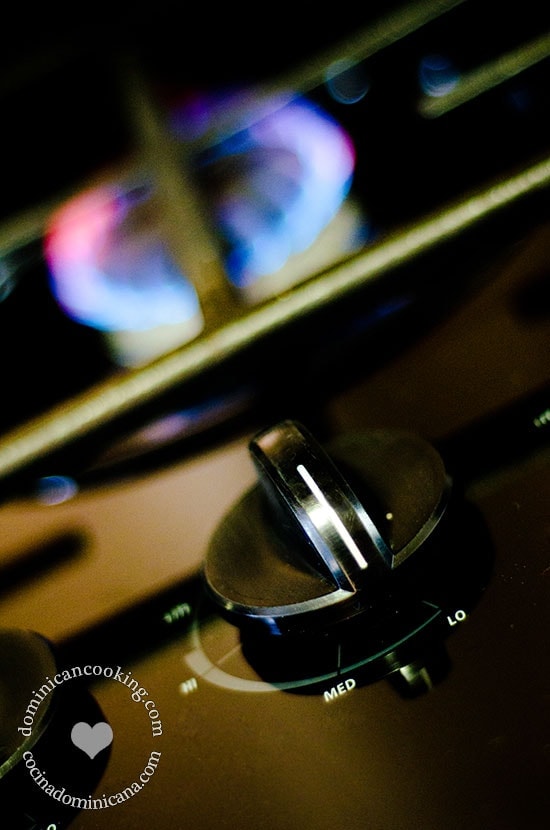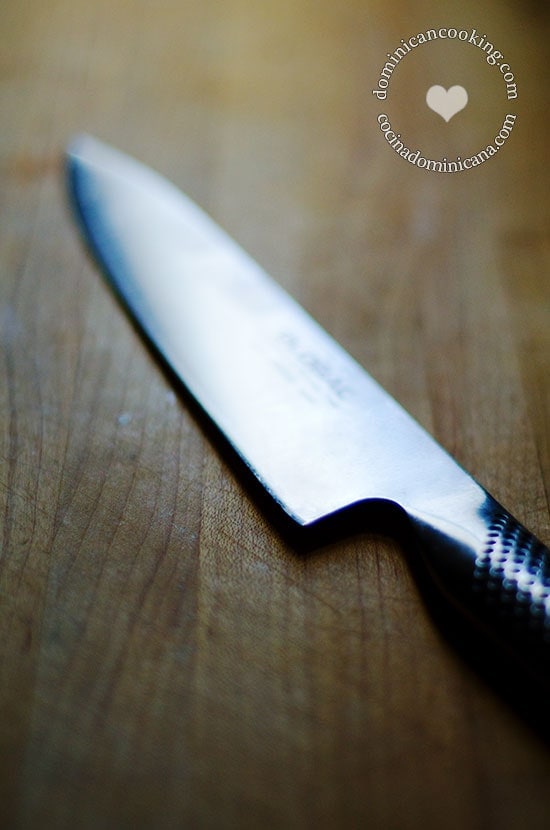What to do if you get hurt cooking? Here's some basic First Aid in the Kitchen ideas.

The kitchen can be a dangerous place, as could be sworn by the participants and the winner of our Kitchen Disasters Contest. Barring some serious injury, for which we encourage you to seek medical attention, these basic remedies are all you will need to return the fun to the kitchen.
The basic first aid kit
We suggest you keep at home at least this basic first aid kit. It will not only be useful for kitchen accidents but for any home accidents. These are the products that you should have in your first aid kit:
- Alcohol
- Antiseptic cream
- Burn treatment ointment
- Bandage
- Band-aids
The Red Cross suggests a more complete kit. Follow the link at the bottom of the page.
Cuts
The first thing you have to do: Try to stop the bleeding, to accomplish that apply pressure.
Once the bleeding has stopped or diminished disinfect the wound, you can do this with soap and water, alcohol or peroxide. If you have any at home, apply an antiseptic cream, some brands contain substances that speed up the healing process and reduce scarring. The next step is to apply a bandage to protect the wound, but don't make it too tight, the wound needs to "breathe" to heal.
Seek medical help if: The bleeding doesn't stop , the cut goes beyond skin, or simply looks bad enough. Remember your tetanus shot.

Burns
The first thing you have to do: Put the affected part under cold running water to lower the temperature of the affected area and to relieve the burning sensation.
Once the pain has subsided, keep the water running for some more time. Apply a burn-treatment ointment. This will speed up the healing process and reduce scarring. Cover the burn with a loose bandage. Never put butter or margarine on a burn, this will only make it worse.
If a frying pan catches fire, never douse it with water but smother the flames with an improvised fire blanket (you can use a kitchen towel).
Seek medical help if: More than the outer layer of the skin looks damaged, blisters appear, looks bad enough or keeps hurting.
Poisoning
The first thing you have to do: Identify the poison (whenever possible). Remove the source.
If the poison is a manufactured product see if the label has any instructions for these cases. Follow the instructions. Whether or not you've identified the poison call your local poison center for instructions (or rush to the hospital if you live in the Dominican Rep). If the substance has spilled on the body or eyes, flush the substance with running water.
Seek medical help if: Always. Immediately.

Thanks to my husband for revising this (He's trained in First Aid medical help). For more information visit:
CDC's website
Red Cross' website
New Mexico Poison Center's website


